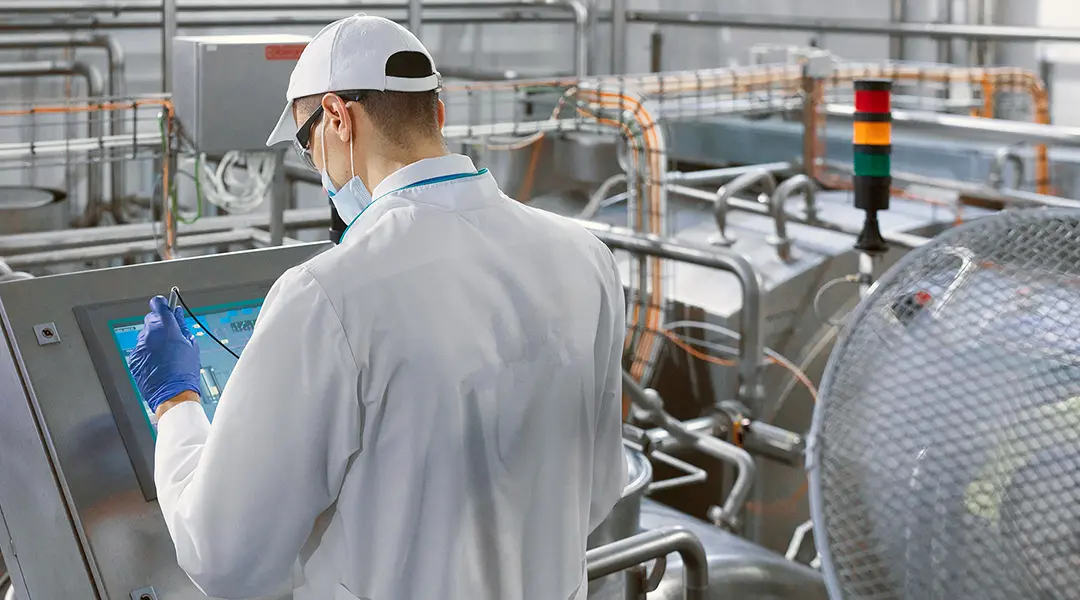In the era of smart technology, IoT-driven predictive home services are revolutionizing how we manage and maintain our living spaces. By integrating the Internet of Things (IoT) with predictive analytics, homeowners can now enjoy a seamless, efficient, and proactive approach to home management. This innovative technology not only enhances convenience but also ensures the safety and sustainability of our homes.
The concept of IoT-driven predictive home services is gaining momentum as more people recognize its potential to transform everyday living. By leveraging data from various smart devices, these services can anticipate and address potential issues before they escalate, saving homeowners time, money, and stress.

Understanding IoT and Predictive Analytics
IoT refers to a network of interconnected devices that communicate and exchange data with each other. These devices range from smart thermostats to security cameras and are designed to enhance the functionality of our homes. Predictive analytics, on the other hand, involves using historical data to predict future outcomes. By combining these two technologies, homeowners can gain valuable insights into their home’s performance and anticipate necessary maintenance tasks.
The Benefits of IoT-Driven Predictive Home Services
One of the key benefits of IoT-driven predictive home services is the ability to prevent costly repairs. By monitoring the condition of appliances and systems in real-time, these services can alert homeowners to potential issues before they become major problems. This proactive approach not only reduces maintenance costs but also extends the lifespan of home appliances.
Additionally, these services can enhance energy efficiency by optimizing the performance of heating, ventilation, and air conditioning (HVAC) systems. By analyzing data from smart thermostats and sensors, homeowners can adjust settings to reduce energy consumption and lower utility bills.
Enhancing Home Security and Safety
Home security is another area where IoT-driven predictive home services excel. By integrating smart security systems with predictive analytics, homeowners can receive alerts about unusual activity or potential security threats. This allows for a timely response, enhancing the safety of the home and its occupants.
For instance, smart locks and security cameras can provide real-time updates on the home’s security status, allowing homeowners to monitor their property remotely. In the event of a security breach, the system can automatically alert authorities, ensuring a swift response.
Improving Daily Maintenance
Regular maintenance is crucial for the smooth functioning of any home. With IoT-driven predictive home services, homeowners can receive reminders and notifications for routine maintenance tasks, such as changing air filters or scheduling HVAC inspections. This ensures that all systems are running efficiently and reduces the risk of unexpected breakdowns.
Real-World Applications of IoT-Driven Predictive Home Services
The applications of IoT-driven predictive home services are vast and varied. For example, smart lighting systems can adjust brightness and color based on the time of day, enhancing comfort and energy efficiency. Additionally, smart water filters can monitor water quality and notify homeowners when it’s time for a replacement.
Moreover, predictive maintenance tools can analyze data from smart home devices to identify potential firmware issues, ensuring that all systems are up-to-date and functioning optimally. This not only enhances the performance of smart home devices but also prevents potential security vulnerabilities.
Implementing IoT-Driven Predictive Home Services
For homeowners looking to implement IoT-driven predictive home services, it’s important to start by identifying the areas of the home that can benefit the most from this technology. This may include HVAC systems, security systems, or even smart kitchen appliances.
Once the key areas are identified, homeowners can begin integrating compatible devices and platforms. It’s important to choose systems that can communicate with each other and provide comprehensive data analysis. Additionally, working with a professional installation team can ensure that the technology is set up correctly and functioning as intended.
The Future of Smart Homes
The future of smart homes lies in the continued development and adoption of IoT-driven predictive home services. As more devices become interconnected and more data is available for analysis, homeowners can expect even greater convenience, efficiency, and peace of mind.
With advancements in artificial intelligence and machine learning, these services will become increasingly sophisticated, allowing for even more accurate predictions and personalized recommendations. As a result, homeowners can look forward to a future where their homes not only meet their needs but also anticipate them.
Challenges and Considerations
While the benefits of IoT-driven predictive home services are numerous, there are also challenges to consider. Privacy and data security are major concerns, as the collection and analysis of personal data can pose risks if not handled properly. Homeowners should ensure that their systems are equipped with robust security measures to protect their data.
Additionally, the initial cost of implementing these technologies can be a barrier for some homeowners. However, the long-term savings and benefits often outweigh the upfront investment, making it a worthwhile consideration for those looking to enhance their home management.

Conclusion
In conclusion, IoT-driven predictive home services are transforming the way we live by offering a proactive approach to home management. By leveraging the power of IoT and predictive analytics, homeowners can enjoy enhanced convenience, security, and efficiency. As technology continues to advance, the potential for these services is limitless, promising a future of smarter, more connected homes.
FAQ
Q1: How do IoT-driven predictive home services work?
A: These services work by integrating IoT devices with predictive analytics to monitor and analyze home systems. This allows homeowners to anticipate and address potential issues before they escalate.
Q2: What are the benefits of these services?
A: The benefits include reduced maintenance costs, enhanced energy efficiency, improved home security, and convenient daily maintenance reminders.
Q3: Are there any challenges to consider?
A: Yes, challenges include privacy and data security concerns, as well as the initial cost of implementation. However, the long-term benefits often outweigh these challenges.
This article contains affiliate links. We may earn a commission at no extra cost to you.

